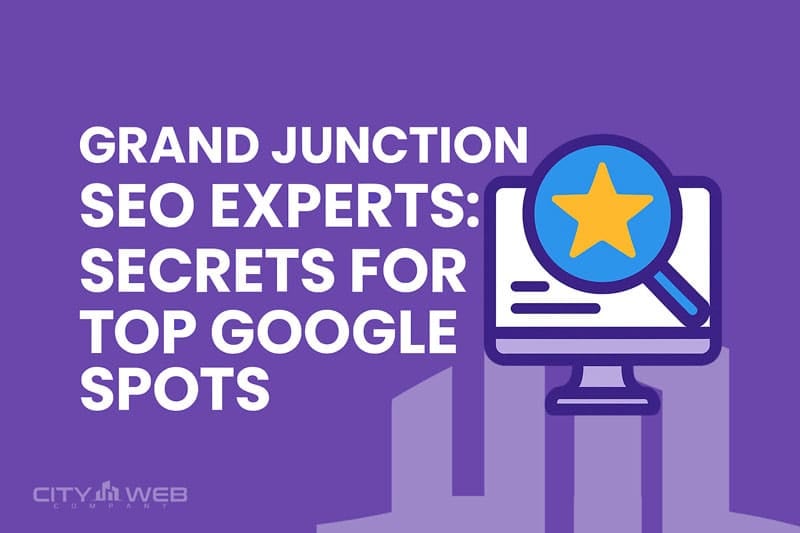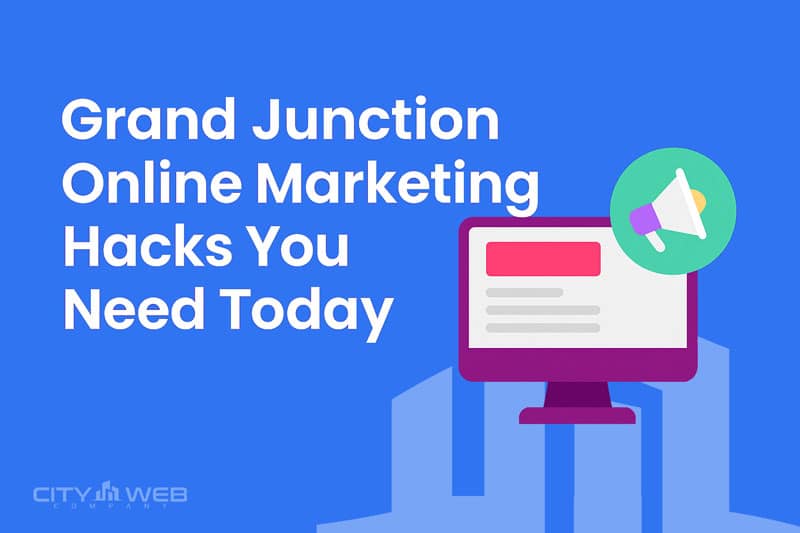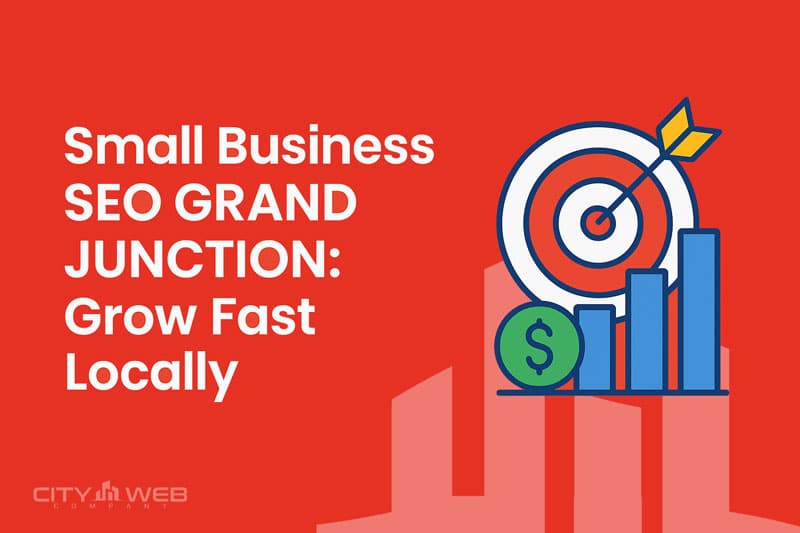Startling fact: Over 93% of all online experiences begin with a search engine. Imagine your…

Local SEO vs. Traditional SEO – Which Grows Your Business Faster?
Business growth can often hinge on optimizing your online presence. In today’s digital landscape, understanding the distinctions between Local SEO and Traditional SEO can significantly impact your success. While Traditional SEO casts a wide net to attract traffic, Local SEO targets potential customers in your immediate area, ensuring your business stands out in local searches. Discover which strategy can propel your business forward by exploring Local SEO vs. Traditional SEO: Unveiling Key Differences … and make an informed decision for your growth journey.
Table of Contents
Key Takeaways:
- Local SEO focuses on optimizing your online presence for local search results, making it crucial for businesses that serve specific geographic areas.
- Traditional SEO aims at improving visibility on a broader scale, appealing to a wider audience without geographical constraints.
- Local SEO strategies often include Google My Business optimization, local citations, and customer reviews, which can lead to faster visibility in local search results.
- Traditional SEO may take longer to yield results due to the competition in broader searches, but it can ensure sustained traffic over time.
- Choosing between Local SEO and Traditional SEO depends on your business model and goals; local businesses typically benefit more from local SEO efforts.
The Mechanics of Local SEO: How Proximity Influences Discovery
Proximity plays a vital role in local SEO, as search engines prioritize results that are geographically closer to the user. When someone searches for a service or product, the search engine identifies and ranks a selection of businesses based on their location relative to the searcher. This means that if your business is situated near a high concentration of potential customers, you stand a better chance of appearing at the top of search results, ultimately translating into increased foot traffic and sales. Local optimization strategies, including utilizing location-based keywords and content, help enhance visibility in these specific searches.
The Role of Google My Business Listings
Google My Business (GMB) listings are a cornerstone of local SEO strategies. Creating and optimizing your GMB profile enables your business to appear in local searches and on Google Maps, displaying important information such as your address, phone number, and business hours. A well-maintained GMB profile enhances your visibility, enhances customer trust, and increases the likelihood of engagement, with studies indicating that businesses with complete listings receive 7x more requests for directions.
Importance of Local Citations and Reviews
Building a robust presence through local citations and customer reviews amplifies your discoverability and credibility. Local citations—mentions of your business name, address, and phone number across various online platforms—bolster your authority, aiding search engines in verifying your business’s legitimacy. Furthermore, online reviews act as social proof, influencing potential customers’ decisions. According to a survey, 84% of people trust online reviews as much as personal recommendations, making it important to cultivate a positive online reputation.
Leveraging local citations and reviews can significantly impact your business rankings in local search results. Each citation you earn enhances your online footprint, with consistency being key; discrepancies can lead to confusion for both search engines and users. Encourage satisfied customers to leave positive reviews, addressing any negative feedback promptly and professionally. Engaging actively with your audience through reviews not only fosters loyalty but also signals to search engines that your business is reputable and worthy of higher rankings. In this way, your reputation can directly influence your visibility and ultimately drive business growth.
Traditional SEO: Expanding Your Reach Beyond Borders
With traditional SEO, you have the opportunity to broaden your audience and tap into markets beyond your local area. By focusing on national and global searches, you can attract a diverse customer base, increasing brand awareness and sales. This approach enables you to create a larger impact, driving traffic from all corners of the world and positioning your business as a relevant player in your industry.
Targeting Keywords for Broader Markets
Choosing the right keywords is important for reaching audiences outside your local vicinity. Instead of limiting yourself to location-based terms, opt for broader, industry-relevant keywords that have high search volumes. Tools like Google Keyword Planner can help you identify these keywords, allowing you to tailor your content and meta tags to attract potential customers from diverse geographical locations.
Content Strategies for National and Global Audiences
To engage national and global audiences effectively, your content strategies must resonate across various cultures and preferences. Incorporating diverse topics and demonstrating an understanding of different regional interests can enhance your relevance. A blog about sustainable practices, for example, might attract audiences from environmentally conscious markets worldwide. Furthermore, utilizing visual content like infographics can break down language barriers and appeal to a broader audience.
Beyond simply expanding topic coverage, consider employing various forms of multimedia to engage your audience. Videos, podcasts, and interactive content can capture the attention of diverse demographics while simultaneously strengthening your brand identity. Research shows that 54% of consumers prefer to see video content from brands they support. By tailoring content to the preferences of different national and global audiences, your business can forge deeper connections and grow more rapidly in unfamiliar markets.
Comparative Analysis: Speed vs. Longevity in Growth
| Characteristic | Local SEO | Traditional SEO |
|---|---|---|
| Speed of Results | Faster visibility in local search results | Slower, requires consistent content and link building |
| Long-Term Maintenance | Focuses on sustained local engagement | Requires ongoing effort for maintaining rankings |
| Target Audience | Local user base, quick customer acquisition | Wider audience, gradual market penetration |
Immediate Results vs. Sustained Traffic
Local SEO tends to deliver immediate results, especially for businesses catering to nearby customers. Optimizing your Google My Business listing can get you on the map quickly, often leading to phone calls and foot traffic within days. In contrast, traditional SEO strategies focus on building a solid foundation for sustained traffic, which might take months to yield substantial organic visits. Thus, if you need quick customer engagement, local SEO can be your best bet, while if you’re aiming for long-term gains, investing in traditional SEO strategies is equally important.
The ROI of Local vs. Traditional SEO Efforts
Delving into ROI, local SEO generally offers higher returns for smaller, local businesses due to its targeted approach. The lower competition in local searches can lead to conversions at a fraction of the cost associated with broader traditional SEO efforts. Businesses often see a direct correlation between local ranking improvements and increased foot traffic or sales, typically turning over a return on investment within six months. Traditional SEO can still yield strong returns, but the process is lengthier and often entails a higher upfront investment for content creation and link building.
Understanding the actual returns on your SEO strategies helps in aligning your business goals. Local businesses often report an ROI as high as 300% for local SEO efforts, especially when leveraging targeting strategies. Traditional SEO efforts, while yielding substantial returns over time, typically showcase much lower immediate impact, ranging around 200% to 250%, based on industry performance metrics. The choice hinges on your specific needs—whether you seek quick growth or can afford to build a more comprehensive, long-lasting strategy.
Practical Steps to Implement Both Strategies
Integrating local SEO and traditional SEO requires a strategic approach tailored to your unique business goals. Start by optimizing your Google My Business profile, ensuring that your NAP (Name, Address, Phone Number) information is consistent across all platforms. Follow this up by conducting keyword research that combines local terms with broader industry phrases. Create a content calendar that allows you to publish and promote relevant content regularly—mixing local events and news with broader topics can engage both local and wider audiences simultaneously.
Tactics for Leveraging Local SEO for Immediate Gains
To experience immediate gains with local SEO, focus on claiming and optimizing your Google My Business listing. Encourage satisfied customers to leave positive reviews, as these can significantly enhance your visibility in local search results. Additionally, build citations across local directories, ensuring your business information remains consistent. Localized content, such as blog posts highlighting community events or partnerships, also drives engagement and improves local rankings.
Building a Complementary Traditional SEO Plan
Developing a traditional SEO plan alongside your local strategy ensures that you effectively reach a broader audience. Conduct comprehensive keyword research that identifies relevant non-local keywords, focusing on content that addresses larger industry trends or topics. Curate long-form content, such as white papers or in-depth blog posts, and promote them through email marketing and social media channels. Implement authoritative backlinks from reputable sites to enhance your domain authority, contributing to higher SERP rankings over time.
Combining local and traditional SEO creates a holistic strategy for your business. For instance, you might use local content to drive traffic to your site while simultaneously focusing on building authority through backlinks and high-quality articles. Aim for consistency in messaging, catering to both local customers and broader audience needs. Employ analytics tools to track performance metrics across both strategies, helping you pivot and optimize your approach as necessary for sustained growth.
The Future of SEO: Local Trends Impacting Traditional Strategies
Emerging local trends are reshaping traditional SEO strategies, pushing businesses to adapt faster than ever. As local searches continue to grow, integrating local content with broader SEO techniques becomes imperative. Bridges between localized keyword usage, community engagement, and personalized offerings can significantly enhance your search visibility, thus enabling you to better connect with your target audience and drive conversions.
The Role of Voice Search and Mobile Optimization
Increasing voice search usage, driven by mobile devices, demands a shift in your SEO tactics. Optimize for natural language queries and long-tail keywords, as users tend to phrase questions differently when speaking compared to typing. This shift means your content must be conversational and focused on relevant local information to capture the attention of voice-search users.
Predicting Shifts in Consumer Behavior
The evolving landscape of consumer preferences impacts how you approach both local and traditional SEO. With instant access to information, customers increasingly rely on online reviews, local business listings, and personalized experiences. Understanding these shifts in behavior allows you to tailor your strategies and better align your services with customers’ expectations.
Analyzing data from platforms like Google Trends illustrates that consumers are gravitating toward hyper-localized searches. As more shoppers depend on digital tools to make purchase decisions, incorporating local keywords and fostering community connections can improve visibility. For instance, over 78% of mobile location-based searches lead to an in-store visit within a day, emphasizing the need for your business to rank in local search results and engage effectively with your audience. This proactive approach fortifies your position in a competitive marketplace, driving faster growth for your business.
To wrap up
Ultimately, choosing between local SEO and traditional SEO depends on your business goals and target audience. If you’re aiming to attract nearby customers quickly, local SEO may provide faster results. Conversely, if your focus is on a broader market, traditional SEO could be the way to go. To gain a deeper understanding, check out this resource on SEO vs Local SEO: One Grows Your Brand, the Other … and make an informed decision for your growth strategy.
FAQ
Q: What is Local SEO?
A: Local SEO focuses on optimizing a website to rank better in local search results. This includes tailoring strategies to attract customers from specific geographic areas. Key components include optimizing Google My Business listings, acquiring local backlinks, and ensuring NAP (Name, Address, Phone) consistency across various online platforms.
Q: How does Traditional SEO differ from Local SEO?
A: Traditional SEO aims to improve a website’s visibility on a global scale without a specific focus on location. This involves optimizing content for broader keywords, enhancing site architecture, and gaining backlinks from diverse sources that may not be location-specific. In contrast, Local SEO hones in on geographic targeting to reach potential customers within a specific region.
Q: Which type of SEO is more effective for small businesses?
A: For small businesses targeting local customers, Local SEO is typically more effective. This form of optimization helps businesses stand out in their community, making it easier for neighborhood clients to find them. It can yield faster results by attracting local traffic that is more likely to convert into sales due to the proximity and relevance of the services offered.
Q: How do local search rankings impact overall business growth?
A: Local search rankings can significantly impact business growth by increasing visibility among local consumers. When a business appears at the top of local search results, it enhances traffic to its website or physical location, leading to higher sales chances. Local SEO not only attracts foot traffic but also builds trust with customers seeking nearby services.
Q: Can a business utilize both Local SEO and Traditional SEO strategies?
A: Yes, businesses can effectively combine both Local SEO and Traditional SEO strategies. While focusing on local optimization to tap into nearby customers, broader SEO practices can still enhance overall online visibility. This integrated approach allows businesses to benefit from both local traffic and wider reach, creating diverse customer acquisition channels.



